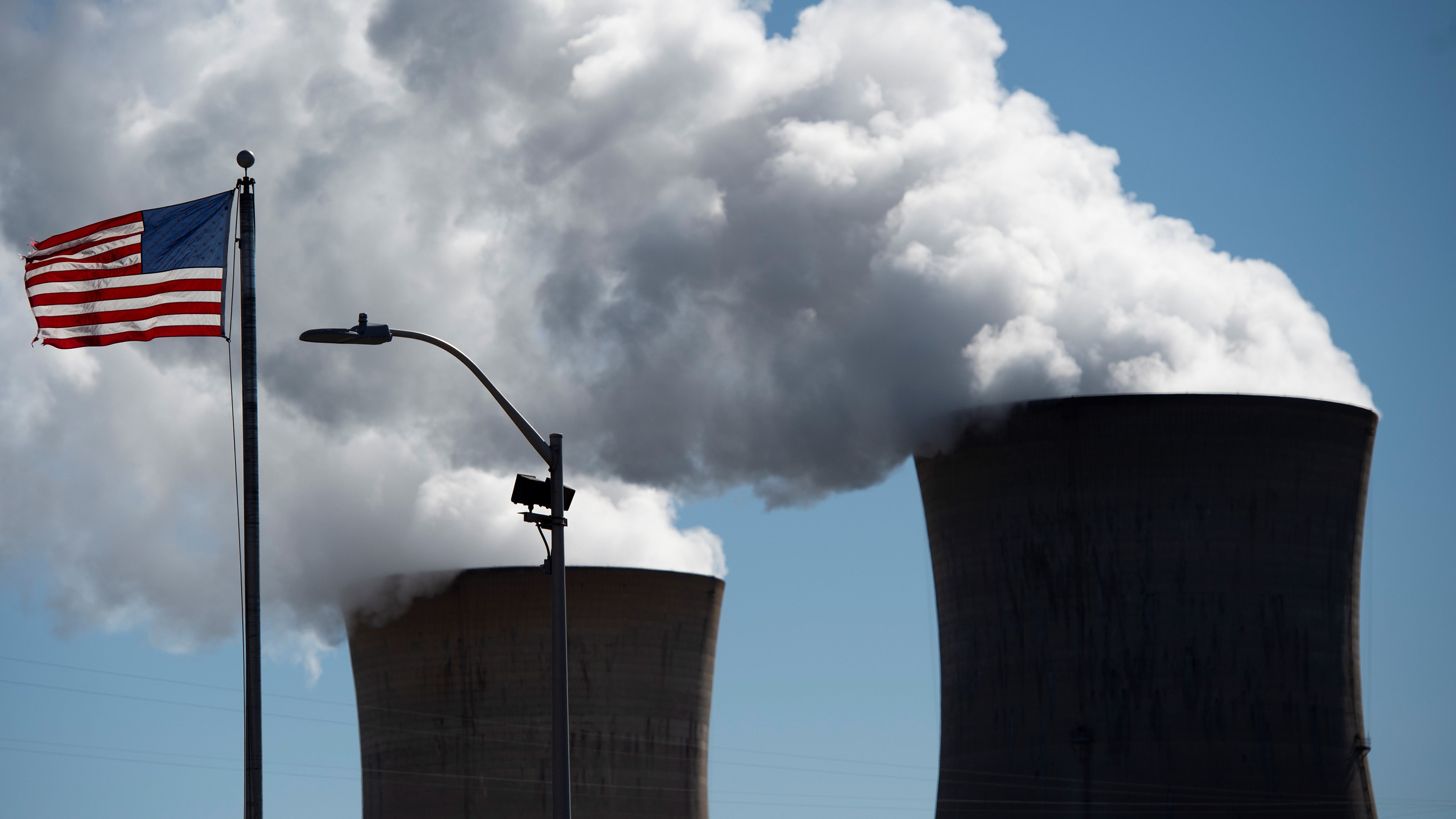WASHINGTON — In the waning days of his administration, U.S. President Donald Trump has signed an executive order aimed at pushing the Department of Defense toward quickly developing and producing small nuclear reactors for military use — and to see if they could be used by military space vehicles.
The order, signed Jan. 5 and posted publicly Jan. 12, is not the first time the value of nuclear power for military operations has been studied. There is a long history of the Pentagon considering the issue, which proponents believe could alleviate the department’s massive logistics challenge of keeping fuel moving around the world.
Replacing all local power with a nuclear reactor isn’t necessary for the department’s goals, but one or more small reactors, located on base, would ensure that if the local power grid goes down, critical functions will still be able to operate. According to an October 2018 technical report by the Nuclear Energy Institute, 90 percent of military installations have “an average annual energy use that can be met by an installed capacity of nuclear power” of 40 MWe (megawatt electric) or less.
RELATED

In terms of terrestrial efforts, the executive order requires the defense secretary to, within 180 days, “establish and implement a plan to demonstrate” a micro-reactor at a domestic military installation — in other words, setting up an actual test of a nuclear reactor at a U.S. military location.
However, that doesn’t mean the first test will be on a military base. One location to keep an eye on is the Nevada National Security Site, a Department of Energy location roughly 65 miles from Las Vegas.
Should that demonstration be successful, the department is ordered to look for other opportunities to use small nuclear reactors at bases. The order also calls for a deep dive into security features that might not be as relevant in commercial designs, such as cybersecurity and hardening from electromagnetic pulses.
Noted Hans Kristensen of the Federation of American Scientists, “the signing of this at the very last minute of the Trump administration suggests someone is concerned [President-elect Joe Biden] might not support the program.”
Specific to space, the order calls for the defense secretary, in consultation with the secretaries of state, commerce and energy as well as the NASA administrator, to “determine whether advanced nuclear reactors can be made to benefit Department of Defense future space power needs” and to “pilot a transportable micro-reactor prototype.”
In addition, the order directs an analysis of alternatives for “personnel, regulatory, and technical requirements to inform future decisions with respect to nuclear power usage” as well as “an analysis of United States military uses for space nuclear power and propulsion technologies and an analysis of foreign adversaries’ space power and propulsion programs.”
Brian Weeden, director of program planning at the Secure World Foundation, said that language seeks to leverage a previous executive order that called for NASA to look into nuclear propulsion for nonmilitary means. While the idea of nuclear propulsion in space may seem concerning to some, “we can’t do long-duration human missions to the Moon, Mars or robotic missions beyond Mars without it,” he said.
While the order speeds up the timetable for a test of a nuclear reactor at a military installation, the idea of using nuclear power is hardly a new one for the DoD. In fact, the Pentagon currently has two different development tracts for small nuclear reactors.
The first is “Project Pele,” an effort to create a small mobile nuclear reactor in the 1-5 MWe power range, being run out of the Strategic Capabilities Office. In March 2020, the department awarded three companies a combined $39.7 million to start design work for Project Pele, with plans to select one firm in 2022 to build and demonstrate a prototype.
The second effort is run through the office of the undersecretary of acquisition and sustainment. That effort, ordered in the 2019 National Defense Authorization Act, involves a pilot program aiming to demonstrate the efficacy of a small nuclear reactor, in the 2-10 MWe range, with initial testing at a Department of Energy site around 2023. If all goes well, the goal is to have a permanent small nuclear reactor on a military base around 2027.
Even if all those timelines are hit, it is unlikely microreactors could proliferate quickly throughout the military.
According to the Nuclear Energy Institute study, the reduced size and increased simplicity of microreactors mean a procurement and manufacturing cycle could take “between 3 and 5 years from the order of long lead materials to the delivery of the largest component, with a nominal target of 4 years. Most of the components will need to arrive on-site at least 6 months prior to startup in order to support the achievement of construction milestones.”
Aaron Mehta was deputy editor and senior Pentagon correspondent for Defense News, covering policy, strategy and acquisition at the highest levels of the Defense Department and its international partners.








